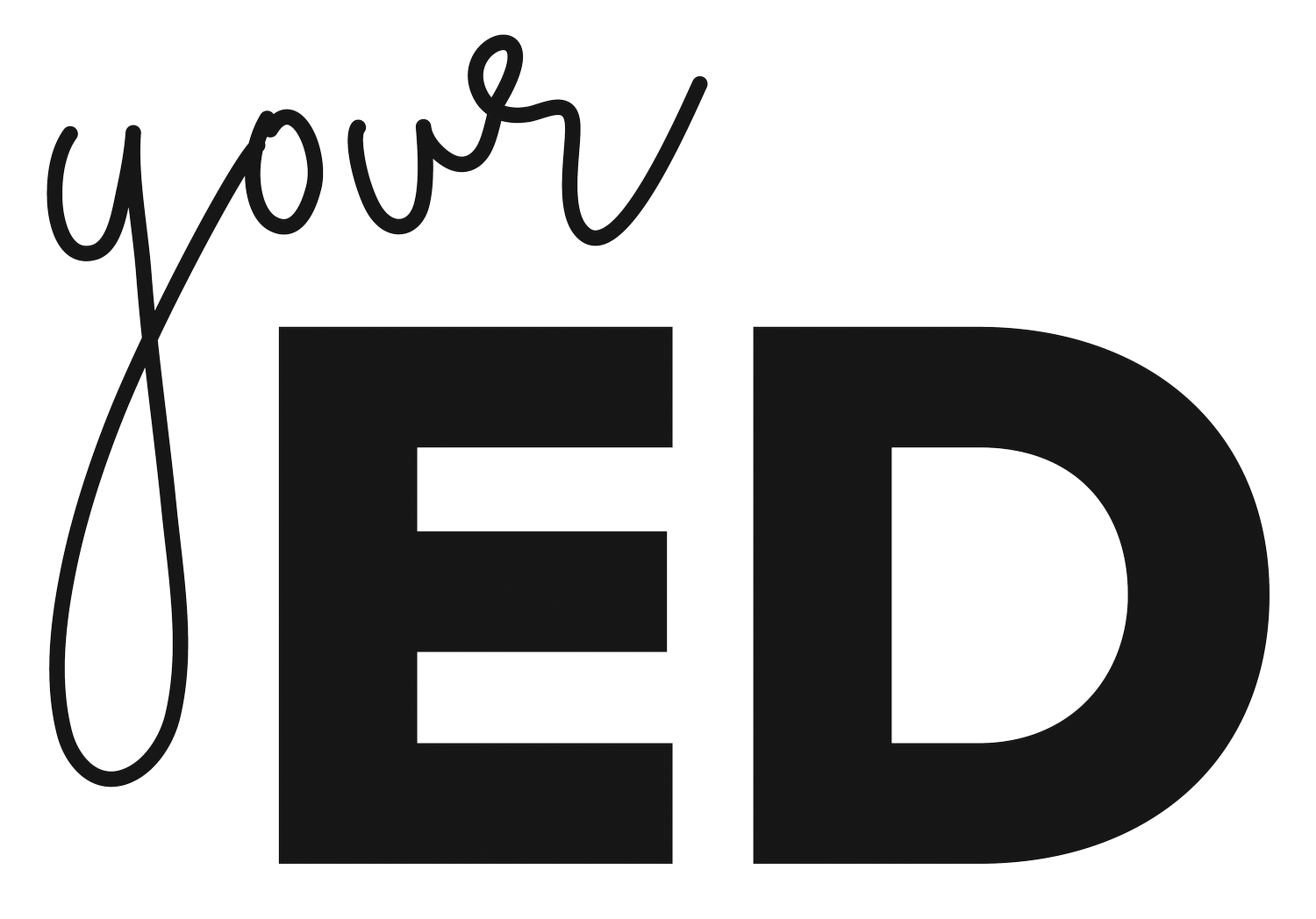New Emergency Triage Education Kit “a better tool for triage”
The latest edition of the Emergency Triage Education Kit (ETEK) can help improve the triage experience, says FACEM Dr Didier Palmer, who worked on the update. “It looks at some things that we weren’t looking at so much 20 years ago – things like cognitive bias.”
The process to update ETEK, a teaching resource designed to provide a consistent national approach for triage in Australasian EDs, was a collaborative effort – more than 100 experts, including practicing emergency clinicians, provided reviews of updated content.
“All the various nursing colleges were involved,” says Didier. “There was jurisdictional representation, mental health representation, paediatrics representation – there was an incredible number of people involved in producing this revision.”
What’s changed?
“It’s not a change in process – it’s just a better tool for triage nurses,” says Didier. “It should make people better equipped to recognise that the stresses and strains of the job can influence decision-making and utilise this as a tool to make triage as fair and equitable as possible.”
The extensive consultation that informed the revisions has resulted in new and revised content on many topics, including decision-making, the effect of bias at triage, communication with patients and support people, care for older people, responding to psychological distress and recognising early signs of sepsis.
The addition of new case studies aims to facilitate educator-led discussions about decision-making in high-risk and high-volume presentations.
““It’s not a change in process – just a better tool for our triage nurses,” says FACEM Dr Didier Palmer of the improved, revised Emergency Triage Education Kit roll-out.”
The history of triage
“Triage was developed as a war-fighting tool, essentially, and dates back to the French Revolutionary wars in the 1790s,” Didier says.
“In battle, this was all about getting people back to the frontline and treating the people you can treat and not necessarily wasting resources on people you can’t treat – really about maintaining your battle force.”
In modern emergency medicine, Didier says Box Hill Hospital in Victoria introduced a three-tier triage scale in 1976, which was then subsequently developed into a five-category scale.
“In 1994, the National Triage Scale (NTS) was adopted by ACEM, then in 2002, that scale became the Australasian Triage Scale (ATS) and formed the basis of other scales around the world.”
Supporting consistency of care
The latest ETEK is “essentially a training tool for our emergency nurses who are usually at the frontline of triage, to make it more equal and help ensure that anyone coming into an emergency department at any hospital in Australia – whether they’re in Darwin or Melbourne, for example – will receive the same level of care”.
In theory, he says, it means a triage nurse from the Gold Coast could come and work in Broome and not need to be recredentialed.”
“It provides a framework within jurisdictions that train triage nurses. It gives a basis for what knowledge you need to impart but exactly how it’s delivered very much depends on the individual jurisdiction,” says Didier.
Endorsed by ACEM, CENA and ACEN
ACEM, the College of Emergency Nursing Australasia (CENA) and the Australian College of Emergency Nursing (ACEN) have endorsed the revised edition, and the improved version has been sent to all nursing directors, chief executives and relevant medical professionals.
“Everyone is aware that this resource is available,” Didier says.
The Emergency Triage Education Kit (ETEK) can be accessed here.






